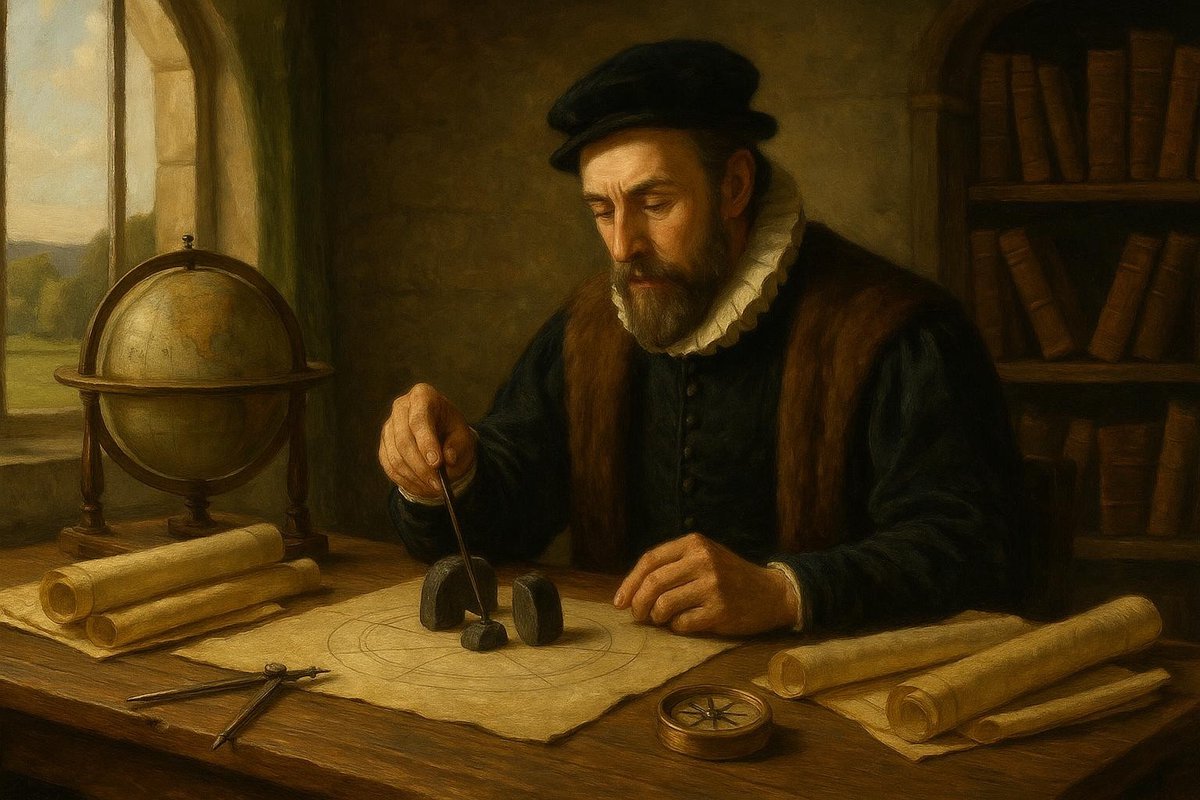
Understanding a Mysterious Force: The Hypothesis & Context
Have you ever wondered how a simple magnet can hold a piece of paper to your fridge? This everyday marvel has a captivating history that dates back to ancient Greece. Over two millennia ago, people noticed peculiar stones in Magnesia, a region in Greece, which could attract iron. These ‘loadstones’, as they were called, held a mystery that puzzled many philosophers and thinkers for centuries. But it wasn’t until the late 16th century that William Gilbert, an English physician, turned these musings into a proper scientific inquiry.
- William Gilbert proposed that Earth itself was a giant magnet, which was a revolutionary idea at the time.
- Prior to Gilbert, magnetism was shrouded in superstition and mysticism, often linked with astrology.
- Gilbert’s hypothesis paved the way for modern scientific methods, emphasizing experimentation over mere speculation.
This discovery laid the groundwork for understanding forces that govern not just Earth, but the universe. As time went on, Gilbert’s ideas inspired generations of scientists, leading to major technological advancements.
Setting the Stage: Experimentation & Methodologies
Imagine this: It’s the 16th century, and you’re in Gilbert’s study, surrounded by rudimentary scientific instruments. With a keen desire to understand, Gilbert meticulously crafted experiments to test his theory. He observed how magnets interacted and devised ways to measure their strength.
- He suspended a loadstone in midair and noted its alignment with Earth’s poles.
- He rubbed materials together, uncovering static electricity’s effects, which he initially confused with magnetism.
- His use of a compass-like device demonstrated Earth’s magnetic field.
Gilbert’s methodical approach was pioneering. He shifted the paradigm from observational philosophy to hands-on experimentation, which is now the cornerstone of scientific inquiry. No wonder his work, “De Magnete,” became a seminal text for future physicists and engineers.
The Ripple Effect: Results & Reactions
Gilbert’s findings were groundbreaking, sparking widespread interest across Europe. His assertion that Earth was a magnet was met with both excitement and skepticism. Many saw it as a gateway to new discoveries, while others questioned the validity of his methods.
- His ideas challenged the Aristotelian view of a geocentric universe, which dominated academia.
- The concept of Earth’s magnetism was revolutionary, leading to debates about navigation and physics.
- Gilbert’s work influenced Galileo and laid the groundwork for Newton’s laws of motion.
This magnetic revelation was a crucial step toward the scientific revolution. It encouraged thinkers to question established norms and explore the natural world with fresh eyes.
Magnetism Today: Implications & Beyond
Fast-forward to today, and magnetism is integral to our lives. It powers everything from MRI machines to credit card strips, and it’s crucial in data storage and electricity generation.
- Magnetic fields help us understand cosmic phenomena like solar flares and black holes.
- In technology, magnetism drives motors and generators, key components in modern infrastructure.
- The study of magnetism continues to evolve, with quantum physics opening up even more possibilities.
Understanding magnetism isn’t just about appreciating the past; it’s about influencing the future. It’s an ongoing journey of discovery, reshaping how we interact with the world.
The story of magnetism teaches us that curiosity and scientific inquiry can unveil the unknown, transforming society in the process. From ancient stones to cutting-edge technology, magnetism continues to captivate and inspire.
Fuel Someone Else’s Curiosity
Curiosity is the spark that fuels discovery. Why not share this fascinating history of magnetism with someone you know? Whether it’s a friend, a student, or a fellow enthusiast, spreading knowledge is a gift that keeps on giving. Together, we can keep the flame of curiosity alive for future generations.

Leave a Reply